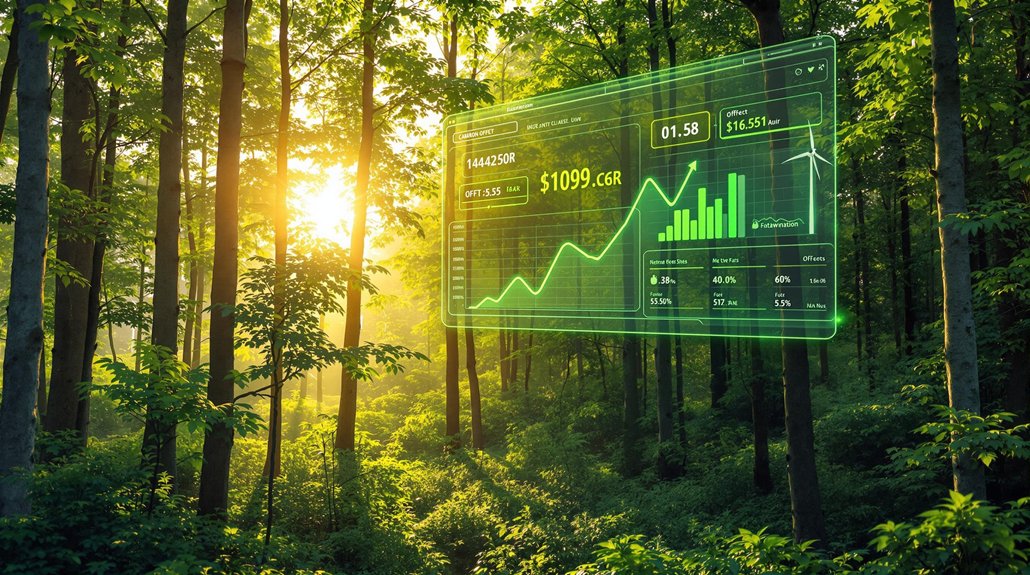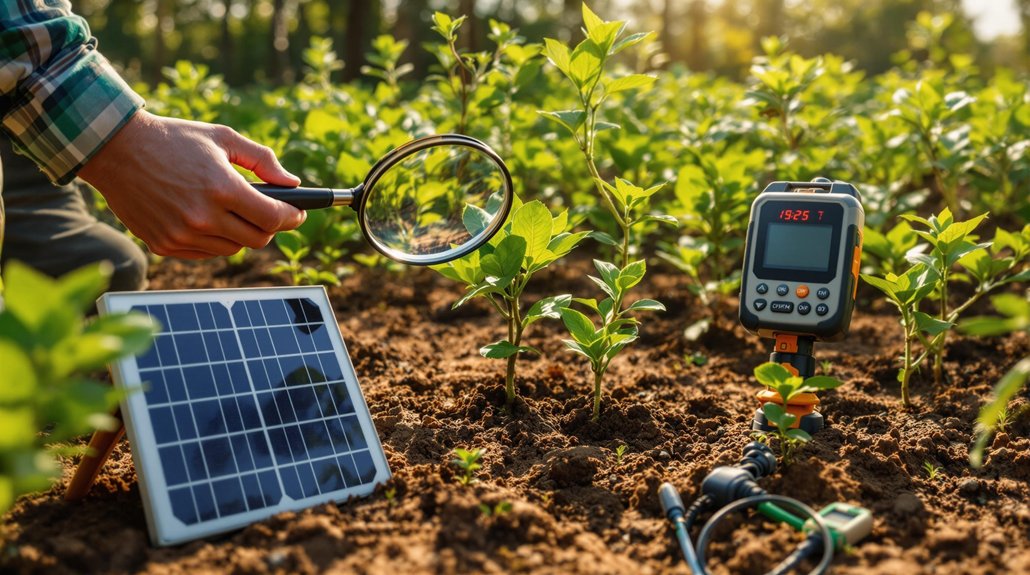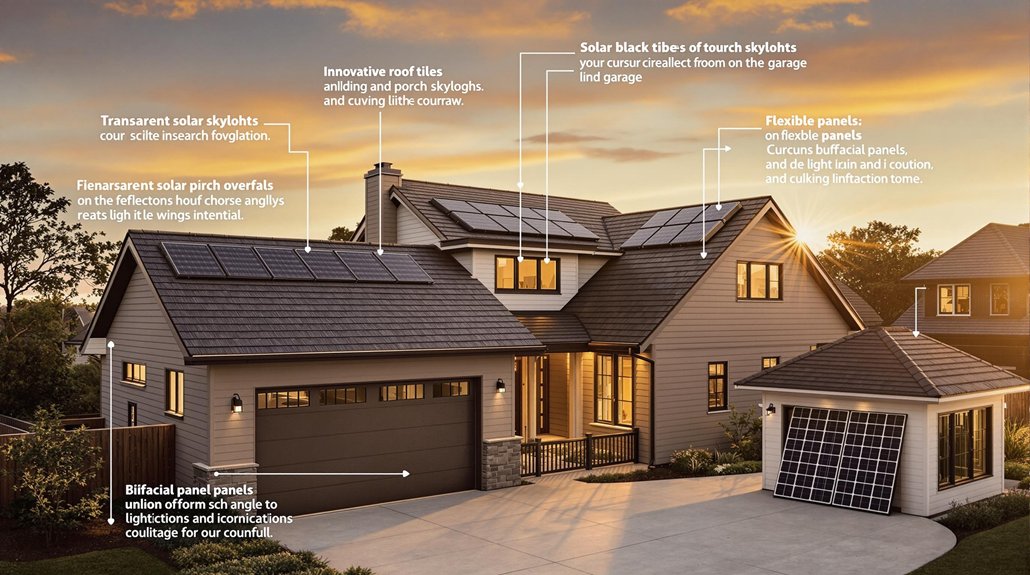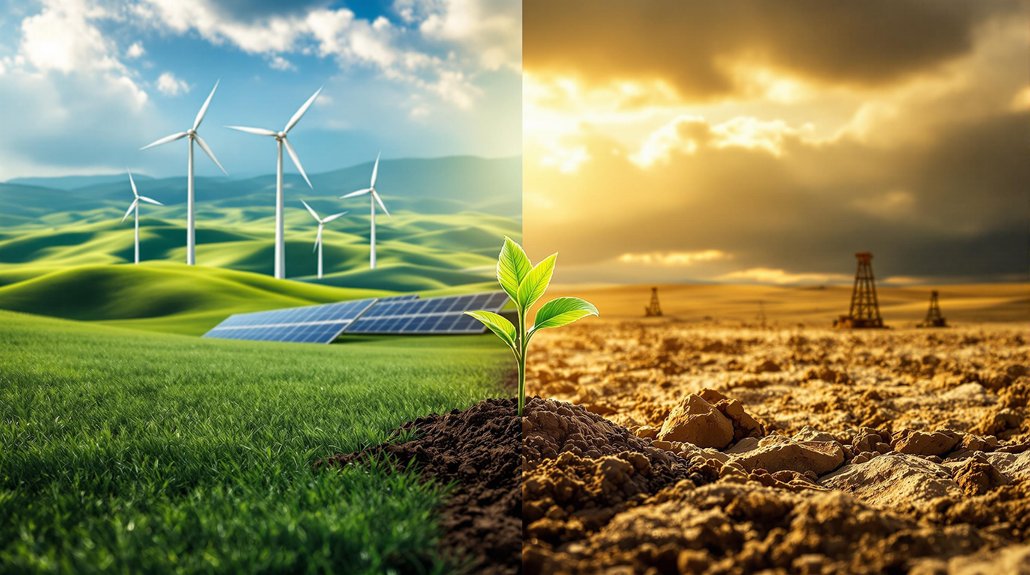Leading carbon offset platforms help businesses balance their environmental impact through verified projects. TerraPass offers subscription-based plans with certified offsets. Native Energy, a Certified B Corp, maintains over 80 verified projects and provides carbon calculators. Cool Effect, a non-profit, directs over 90% of funds directly to projects like reforestation and clean cookstoves. Advanced platforms like Pachama use AI to monitor forest conservation efforts. These services support companies on their journey toward sustainability goals.

As businesses around the world face growing pressure to reduce their environmental impact, carbon offset platforms are emerging as popular tools for companies seeking to balance their emissions. These platforms offer various solutions to help organizations invest in projects that reduce or remove greenhouse gases from the atmosphere.
TerraPass provides a Carbon Balanced Business Plan through monthly subscriptions. Their projects include renewable energy, landfill gas capture, and methane reduction. All TerraPass offsets are certified by third-party organizations like VERRA and Gold Standard, ensuring credibility.
TerraPass offers certified carbon offsets through renewable energy and methane reduction projects, validated by respected third-party standards.
Native Energy, established in 2000, is a Certified B Corp with over 80 verified projects. They focus on forestry, renewable energy, and energy efficiency initiatives. Businesses can use their carbon calculators for travel, events, and freight to determine their carbon footprint.
Cool Effect stands out as a non-profit platform where more than 90% of funds go directly to projects. Their portfolio includes renewable energy, clean cookstoves, and reforestation efforts. They’re known for transparency and detailed impact reporting. Cool Effect adheres to rigorous carbon standards like the Verified Carbon Standard and the Gold Standard to ensure the legitimacy of emission reductions.
Pachama uses advanced technology like AI and remote sensing to monitor forest projects. They focus on tropical forest conservation in countries like Brazil, Peru, and Indonesia. Their approach prioritizes long-term carbon sequestration and biodiversity.
Cloverly offers real-time carbon offsetting with API integration for businesses. Their clients include major brands like Visa and American Express. Cloverly’s projects range from direct air capture to sustainable grassland management.
Switzerland-based myclimate has financed 16.38 million tonnes of carbon reduction projects. Their diverse portfolio includes biogas, solar, and waste management initiatives that follow Gold Standard or VCS quality standards.
For businesses focused on travel emissions, GreenPerk integrates with TravelPerk‘s platform to offset 100% of CO2 from business trips. They use VERRA-approved projects and provide detailed reports on travel-related emissions.
These platforms give businesses various options to address lack of standardization while supporting projects that create positive environmental impact worldwide. These carbon credit platforms are particularly valuable as businesses work toward net zero goals that require offsetting the 5-10% of emissions that cannot be directly eliminated.
Frequently Asked Questions
How Do Carbon Offset Certificates Prevent Double Counting?
Carbon offset certificates prevent double counting through unique serial numbers that track each credit from creation to retirement.
Blockchain technology and registry systems guarantee transparency throughout the credit’s lifecycle. Third-party auditors verify emission reductions, while strict retirement procedures confirm only one entity can claim each credit.
International standards like Paris Agreement Article 6 and ISO 14064 provide oversight. Public retirement records maintain accountability in the carbon offset market.
What Percentage of Offset Costs Typically Go to the Projects?
Typically, 70-90% of carbon offset costs go to the actual projects. Higher-quality offset providers generally direct more money to projects.
Some companies are more transparent than others about their distribution. Cool Effect sends over 90% directly to projects, while Gold Standard averages around 80%.
Factors affecting these percentages include verification costs, administrative overhead, and provider profit margins. Scale and efficiency also impact how much funding reaches projects.
Can Small Businesses Afford Carbon Offset Programs?
Yes, small businesses can afford carbon offset programs.
Many providers offer plans starting at $10-30 per ton of CO2 or $6-8.50 per employee monthly. The cost typically represents only 1-2% of operating expenses.
Flexible options include one-time purchases, monthly subscriptions, and customized packages. Businesses can start small and scale up over time.
Some may qualify for tax incentives that further reduce costs.
How Are Carbon Reduction Claims Independently Verified?
Carbon reduction claims undergo strict third-party verification. Organizations like Verra and Gold Standard send accredited auditors to inspect projects and review documentation.
These verifiers assess if projects meet key criteria: additionality, permanence, and accurate emissions calculations. The process includes on-site visits, stakeholder interviews, and detailed reporting.
Projects must be verified every 1-2 years, with credits only issued after successful verification. Public registries track all verified credits.
Do Carbon Offsets Qualify for Tax Incentives or Deductions?
Carbon offsets have mixed tax benefits. For individuals, they’re generally not tax-deductible unless donated to qualified nonprofits. Most Americans don’t itemize deductions, making this difficult.
Businesses may deduct offsets as ordinary expenses if they’re related to operations, but proper documentation is essential.
Tax treatment varies by country. The UK allows deductions if used for trade purposes, while Australia considers carbon credits generally deductible.
No specific federal tax laws address voluntary carbon offsets.









